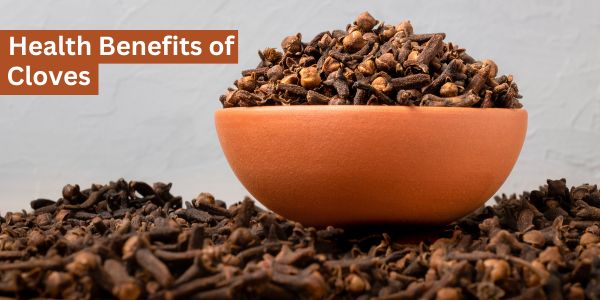Fruits and Diabetes: A Sweet, Smart Balance
When it comes to health and nourishment, fruits are the undisputed royalty of the food world, nature’s own candy, bursting with flavors, colors, and an all-you-can-eat buffet of nutrients. But for those managing diabetes, fruit consumption can feel like walking a tightrope over a pit of sugar cubes. One wrong move, and boom, blood sugar spikes!
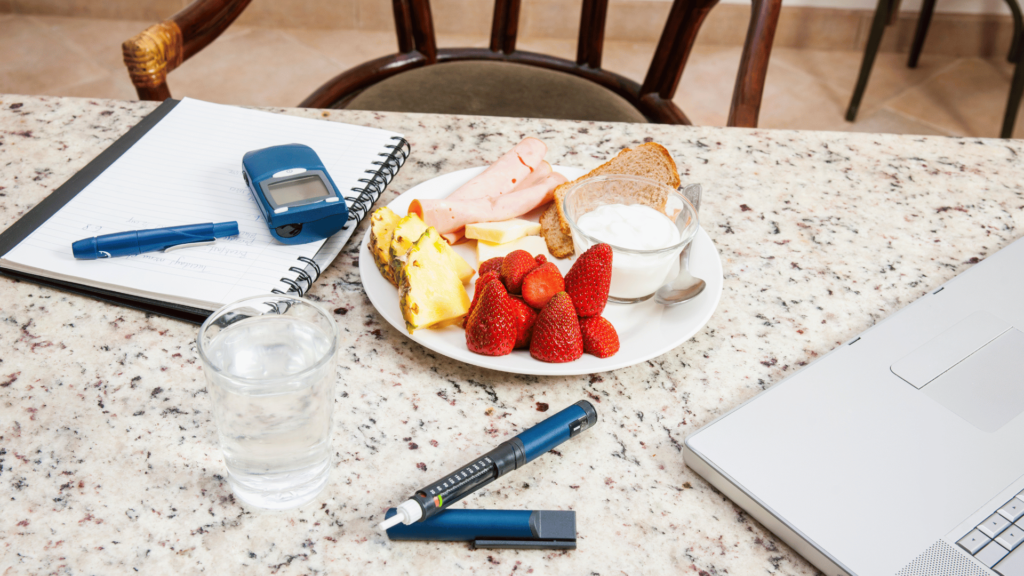
But fear not, because nature, in its infinite wisdom, has provided a host of fruits that align perfectly with a diabetic-friendly diet. Intrigued? Read along, because we’re about to take a juicy deep dive into the top 10 fruits you should be eating if you’re managing diabetes.
What is GI & GL
Before you grab that fruit bowl, let’s talk numbers, specifically, Glycemic Index (GI) and Glycemic Load (GL). Think of these as the GPS coordinates for blood sugar control. They help navigate how different foods impact blood sugar levels, which is crucial for anyone keeping diabetes in check.
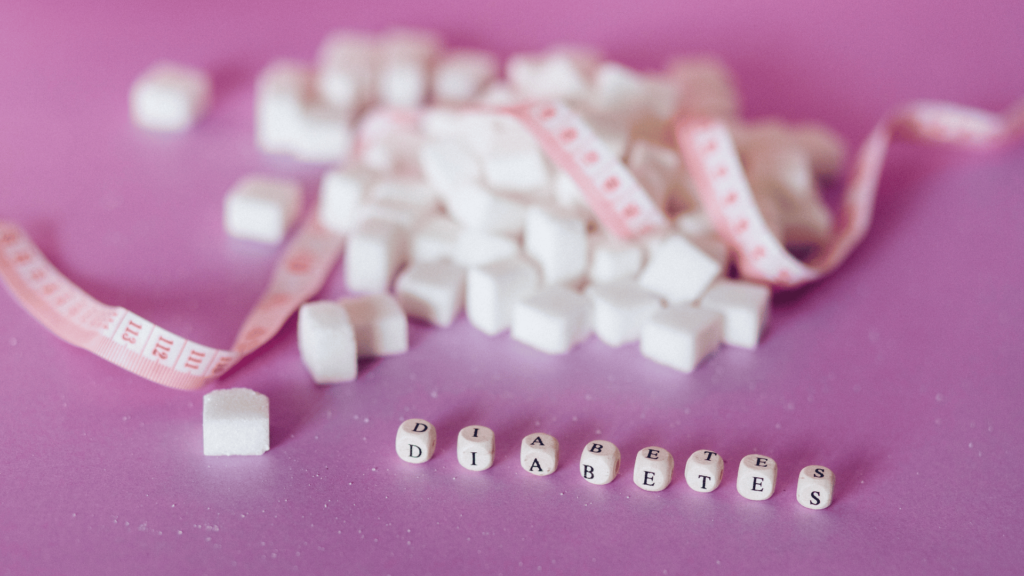
- Glycemic Index (GI): Measures how quickly a food raises blood sugar levels. The scale runs from 0-100, with pure glucose at 100. Low-GI foods take their time, digesting slowly and keeping blood sugar steady, while high-GI foods are like sugar-fueled race cars, fast, furious, and leading to sudden spikes.
- Glycemic Load (GL): While GI tells you how fast sugar enters the bloodstream, GL considers the amount of carbohydrates in a serving, giving a fuller picture of a food’s impact on blood sugar. Low-GI and low-GL foods are your best friends when it comes to managing diabetes smoothly, keeping those sugar rollercoasters at bay.
Now, let’s meet our fruit heroes!
1. Cherries (GL: 3 per 120g serving | GI: 22)
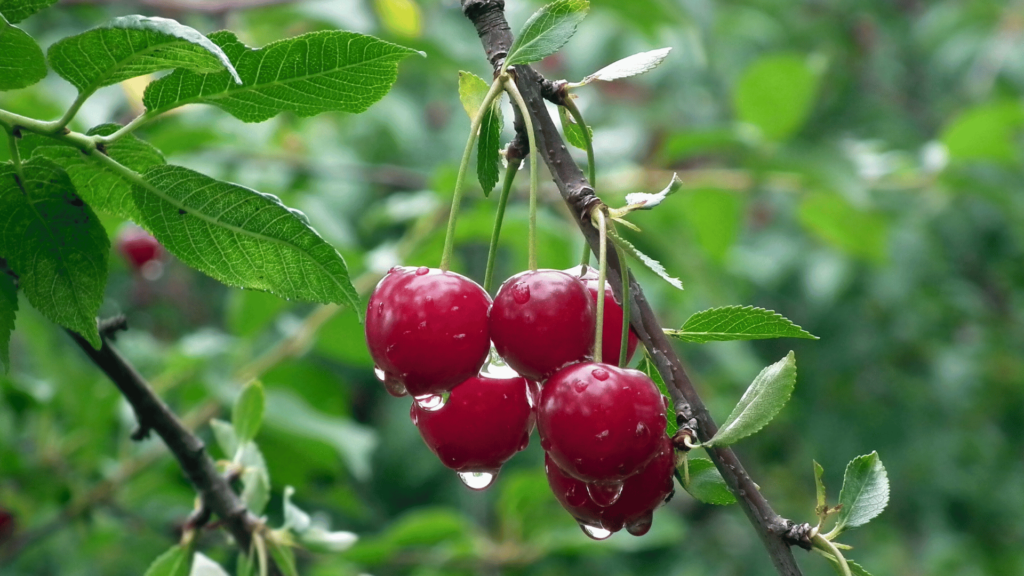
Ah, cherries, those little ruby-red delights that taste like happiness in a bite. Sweet yet slightly tart, cherries aren’t just here for the flavor; they pack a serious nutritional punch. Their low GI (22) and GL (3 per 120g) mean they introduce sugar into your system at a relaxed pace, no dramatic blood sugar spikes here.
A study published in the Journal of Agricultural and Food Chemistry found that anthocyanins, the compounds that give cherries their deep red hue, can increase insulin production by up to 50%.
Another study in Diabetes Care suggested that these antioxidants can significantly lower fasting blood glucose levels in individuals with type 2 diabetes. Think of anthocyanins as tiny glucose bodyguards keeping things in check.
And let’s not forget fiber, cherries are packed with it. A study in the Journal of Nutrition found that increased dietary fiber intake is associated with improved glycemic control and lower hemoglobin A1C levels. Plus, they bring along potassium, which helps regulate blood pressure, an extra win for overall heart health.m These little gems are as good for your blood sugar as they are for your soul. Snack away!
2. Apricots (GL: 3 per 120g serving | GI: 34)
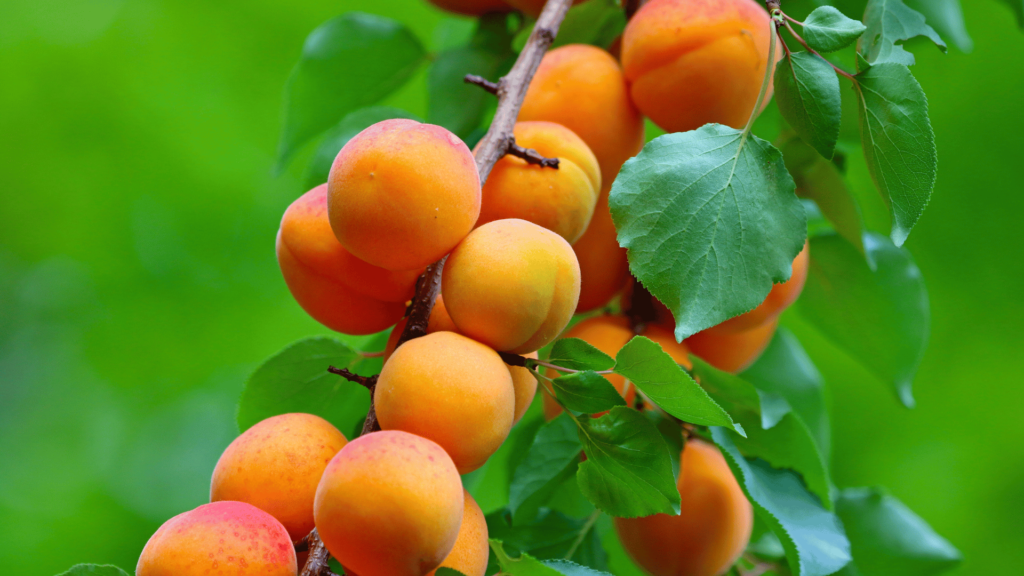
Apricots are like nature’s version of sunshine; small, golden, and bursting with goodness. And for those with diabetes, they’re a dream come true. With a GI of 34 and GL of just 3 per 120g, apricots help maintain stable blood sugar levels, keeping things smooth and steady.
Beyond their blood sugar-friendly profile, apricots are loaded with vitamin A, an essential nutrient for eye health. Since diabetes can affect vision, adding vitamin A-rich foods to your diet is a bright idea, literally! Research from the American Journal of Clinical Nutrition confirms that diets rich in beta-carotene (a precursor to vitamin A) reduce the risk of diabetic eye complications.
A study published in Nutrients highlighted that apricots contain polyphenols, which have been shown to improve insulin sensitivity and reduce postprandial blood glucose spikes.
And then there’s fiber, the secret ingredient in apricots’ diabetes-friendly magic. Fiber slows digestion, preventing sudden sugar spikes and keeping you full longer, great news for weight management, which is a key factor in diabetes control.
Oh, and did we mention apricots are also rich in potassium, helping keep blood pressure in check? A meta-analysis of 11 clinical studies published in Diabetes & Metabolism confirmed that individuals with higher potassium intake have a significantly lower risk of developing hypertension and cardiovascular complications, which are common among diabetics.
3. Apples (GL: 6 per 120g serving | GI: 36)
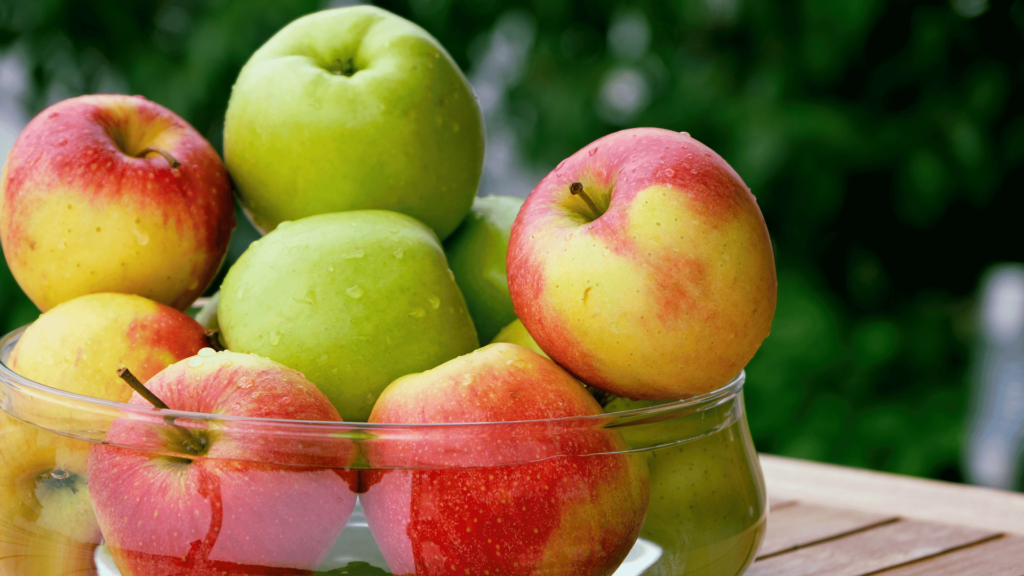
An apple a day keeps the doctor away, but for those managing diabetes, it might just keep the sugar spikes away, too! With a GI of 36 and a GL of 6 per 120g, apples provide a slow and steady release of sugar into the bloodstream, making them an excellent choice for blood sugar management.
A Harvard University study found that consuming apples regularly was linked to a 28% lower risk of developing type 2 diabetes.
The real magic of apples lies in their fiber content. Think of fiber as your personal blood sugar traffic controller, slowing digestion and ensuring sugar doesn’t flood your system all at once. This also makes apples a great tool for weight management, which plays a crucial role in keeping type 2 diabetes under control.
A meta-analysis in The Lancet concluded that a high-fiber diet can reduce postprandial glucose levels and improve insulin sensitivity.
And let’s talk about their nutrient-packed skin, quercetin, a powerful flavonoid found in apple peels, has anti-inflammatory properties and may even help regulate blood sugar levels. So, whatever you do, don’t peel that apple!
Also Read: 7 Effective Ways To Eradicate Candidia & Yeast From Your Body
To top it off, apples are rich in vitamin C, a heart-friendly antioxidant that helps fight diabetes-related complications. They also contain pectin, a special type of fiber that may improve blood lipid levels, reducing the risk of heart disease.
Moral of the story? Whether you like them crisp, tart, or sweet, apples deserve a spot in your diabetes-friendly diet.
4. Oranges (GL: 5 per 120g serving, GI: 43)
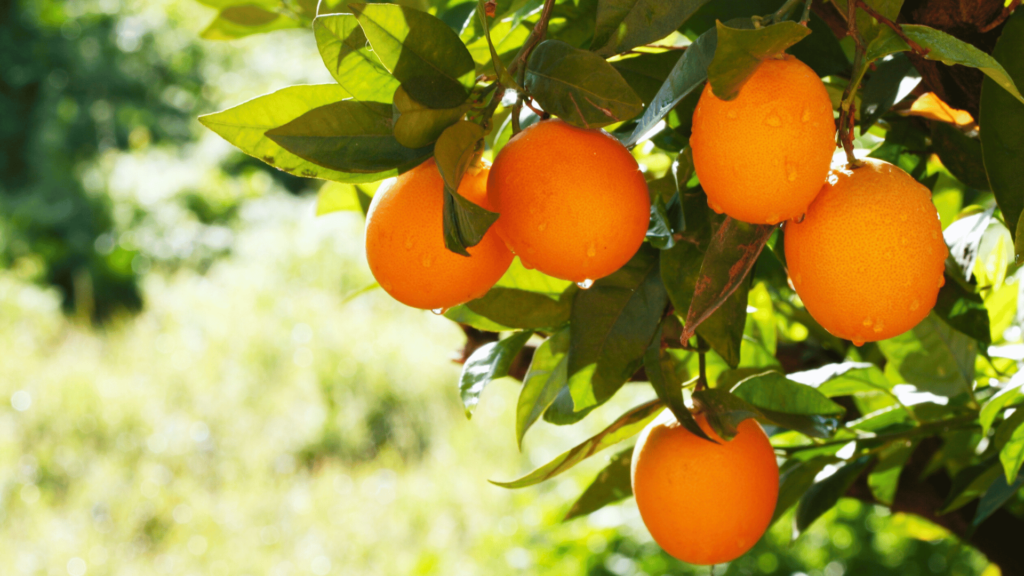
Oranges, those bright little balls of sunshine, are more than just a refreshing treat. They’re a powerhouse of nutrients that make them a top-tier fruit for diabetes management.
With a glycemic index (GI) of 43 and a glycemic load (GL) of 5 per 120g serving, oranges release sugar into the bloodstream at a slow and steady pace, ensuring you don’t experience any rollercoaster spikes in blood sugar levels. That’s exactly what you need when keeping diabetes in check.
A study published in the American Journal of Clinical Nutrition found that low-GI citrus fruits, such as oranges, contribute to better glycemic control and reduced risks of cardiovascular diseases in diabetic patients.
Oranges are bursting with vitamin C, an immune-boosting, skin-loving, antioxidant-packed superstar. This essential nutrient helps combat oxidative stress, which is particularly important for people with diabetes, as oxidative damage plays a role in insulin resistance and complications.
But the goodness doesn’t stop there! Oranges are rich in soluble fiber, which slows digestion, making sure sugar doesn’t rush into your system too fast. This also helps lower bad cholesterol (LDL) and promotes gut health. Research has shown that higher fiber intake correlates with lower fasting blood glucose and improved insulin sensitivity (Diabetes Care Journal).
Oh, and let’s not forget their hydration power! With their high water content, oranges keep you hydrated, support metabolic health, and help maintain balanced blood sugar levels. So the next time you peel into one of these citrus delights, you can enjoy its tangy-sweet flavor knowing you’re doing your body a whole lot of good.
5. Pears (GL: 4 per 120g serving, GI: 38)
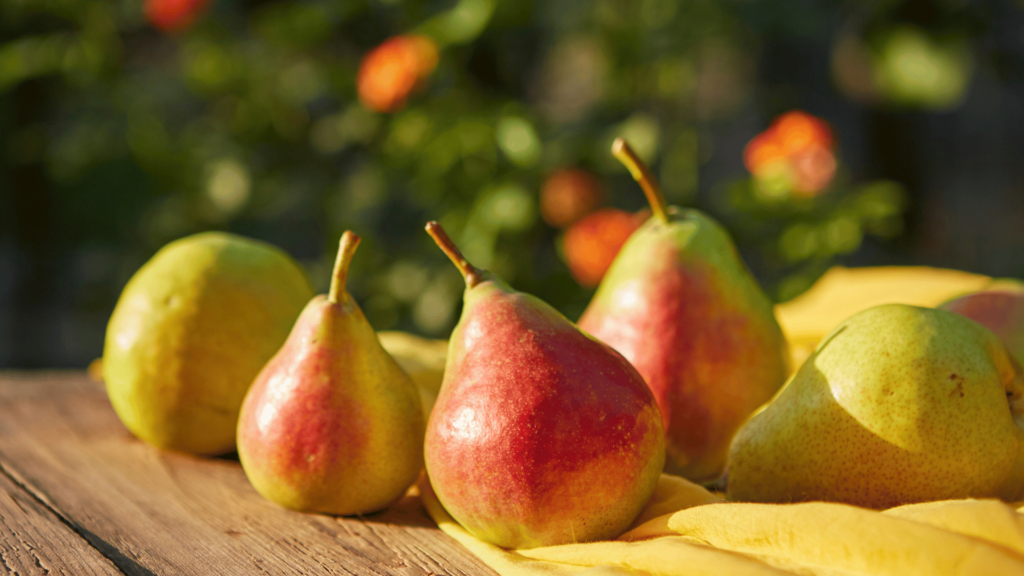
Pears, with their juicy bite and gentle sweetness, are nature’s way of saying, “I got your back, diabetics!”
Boasting a low glycemic index (GI) of 38 and a glycemic load (GL) of just 4 per 120g serving, pears ensure a steady and controlled release of sugar into the bloodstream, making them a safe, nutritious, and utterly delicious option.
Their real superpower? Fiber! Pears are loaded with it, helping slow digestion, stabilize blood sugar, and keep you feeling full for longer, making them a great choice for weight management, a key factor in diabetes control.
Pears also come packed with antioxidants like flavonoids and polyphenols, which have anti-inflammatory properties. A study in the Journal of Functional Foods highlighted that flavonoids present in pears can improve insulin sensitivity and reduce inflammation.
And let’s talk about bone health, a crucial concern for diabetics. Pears contain vitamin K and copper, both essential for strong bones and red blood cell formation. With diabetes increasing the risk of osteoporosis, eating pears is like making a delicious investment in your skeletal future.
6. Strawberries (GL: 1 per 120g serving, GI: 25)
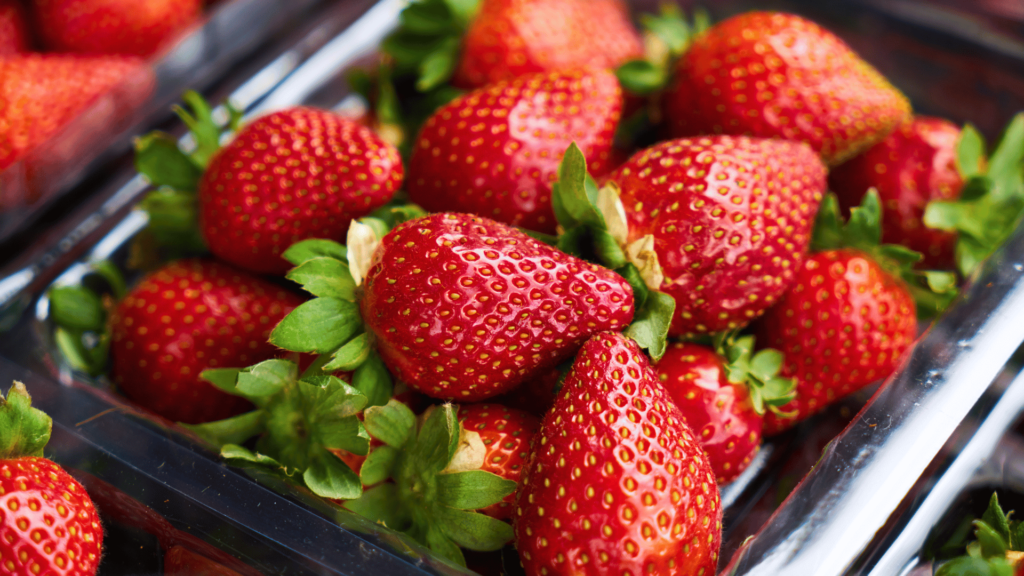
Strawberries, sweet, juicy, and delightfully vibrant, aren’t just for summer picnics. They’re a diabetic’s best friend, too!
With an impressively low glycemic index (GI) of 25 and a glycemic load (GL) of just 1 per 120g serving, strawberries provide a natural sweetness without causing blood sugar spikes. Talk about guilt-free indulgence!
These red gems are packed with antioxidants, including anthocyanins and ellagic acid, which are known for their anti-inflammatory and blood sugar-lowering properties. In fact, The anthocyanins and ellagic acid in strawberries improve insulin sensitivity, reducing the risk of Type 2 diabetes (Journal of Medicinal Food).
Strawberries also deliver a powerful punch of dietary fiber, which slows digestion and prevents those dreaded blood sugar spikes. And let’s not forget vitamin C, which supports immunity, aids collagen production, and promotes heart health. Plus, their potassium content helps regulate blood pressure, an important factor for diabetics who are at risk of hypertension.
A British Journal of Nutrition study revealed that strawberries can reduce post-meal blood sugar spikes by slowing carbohydrate digestion. Enjoy strawberries fresh and whole. Stay away from processed strawberry products, like jams and syrups, that sneak in added sugars and undo all the benefits.
7. Peaches (GL: 4 per 120g serving, GI: 42)
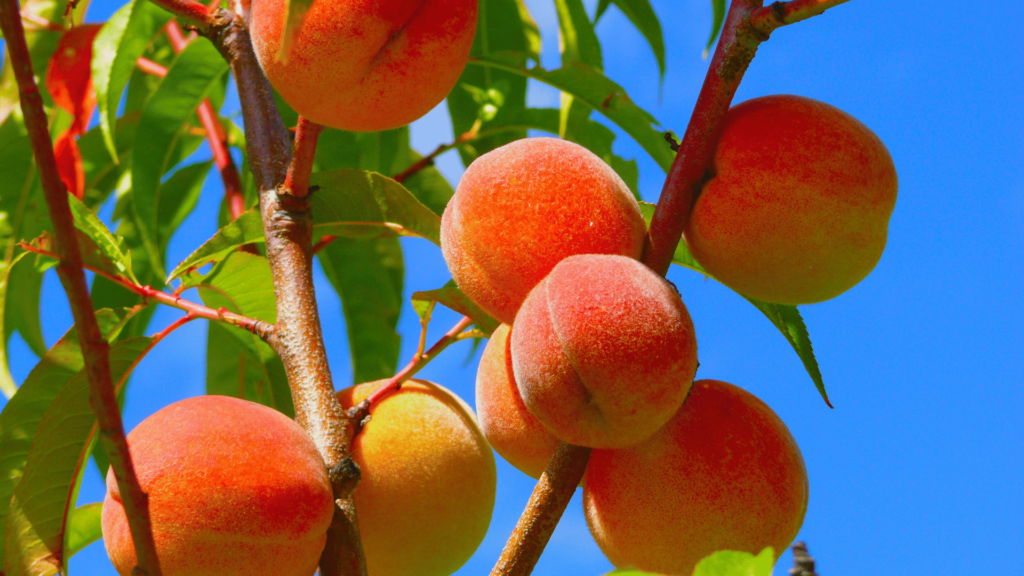
Peaches, those soft, fuzzy, golden orbs of deliciousness, are far more than just a summertime treat. They’re also fantastic for diabetes management!
With a moderate glycemic index (GI) of 42 and a glycemic load (GL) of 4 per 120g serving, peaches release sugar into the bloodstream in a steady manner, making them a safe and satisfying choice.
They’re brimming with vitamin C, vitamin A, and potassium, nutrients that boost immunity, enhance vision, and support heart health. The fiber content in peaches also plays a role in regulating digestion and preventing rapid sugar absorption.
One of the best-kept secrets of peaches is their polyphenol content. A Molecular Nutrition & Food Research study suggests that peach polyphenols may improve insulin resistance by influencing gene expression related to glucose metabolism. This means that regularly enjoying peaches may help your body process glucose more efficiently over time.
For maximum benefits, opt for fresh or frozen peaches instead of canned varieties, which often contain added sugars and syrups.
Also Read: 10 Bedtime Routines You MUST DO For A Perfect Night’s Sleep
8. Plums (GL: 2 per 120g serving, GI: 40)
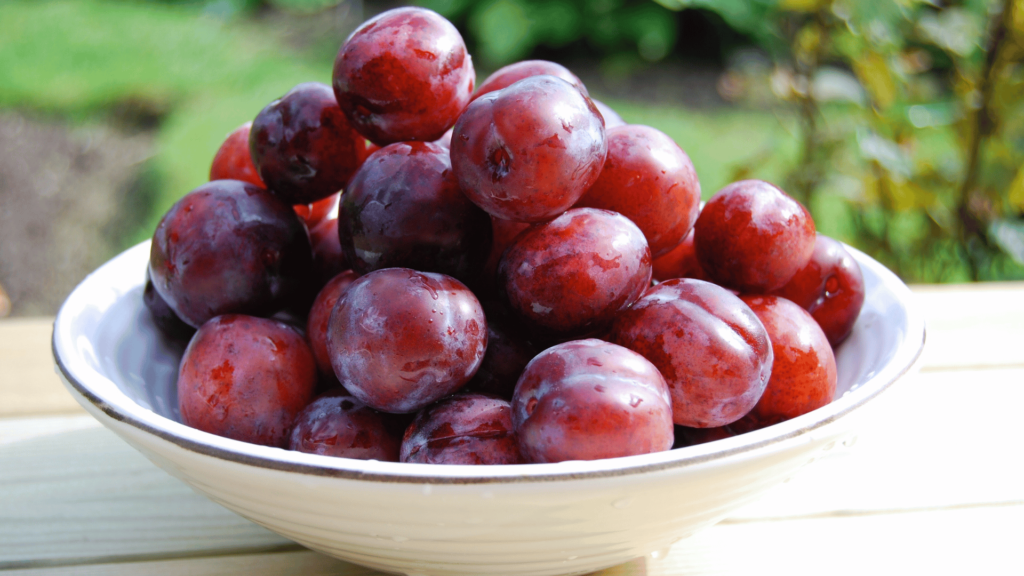
Plums might be small, but they sure are mighty when it comes to diabetes-friendly nutrition!
With a glycemic index (GI) of 40 and a glycemic load (GL) of 2 per 120g serving, plums help prevent blood sugar spikes by ensuring slow, steady sugar absorption. Their high fiber content slows digestion and keeps energy levels stable.
What sets plums apart? Their sorbitol content, a natural sugar alcohol that provides sweetness without drastically impacting blood glucose levels. This makes plums a fantastic option for satisfying a sweet tooth without worrying about sugar crashes.
A Journal of Medicinal Food study found that plums may help lower blood glucose levels due to their high phenolic content, which aids in reducing oxidative stress.
Plums also contain vitamin K, which supports bone health, and anthocyanins, which help reduce inflammation and improve insulin sensitivity.
Want an extra bonus? Dried plums (prunes) aid digestion and support bowel regularity. Just watch portion sizes, dried fruits concentrate sugar levels more than their fresh counterparts.
9. Grapefruit (GL: 3 per 120g serving, GI: 25)
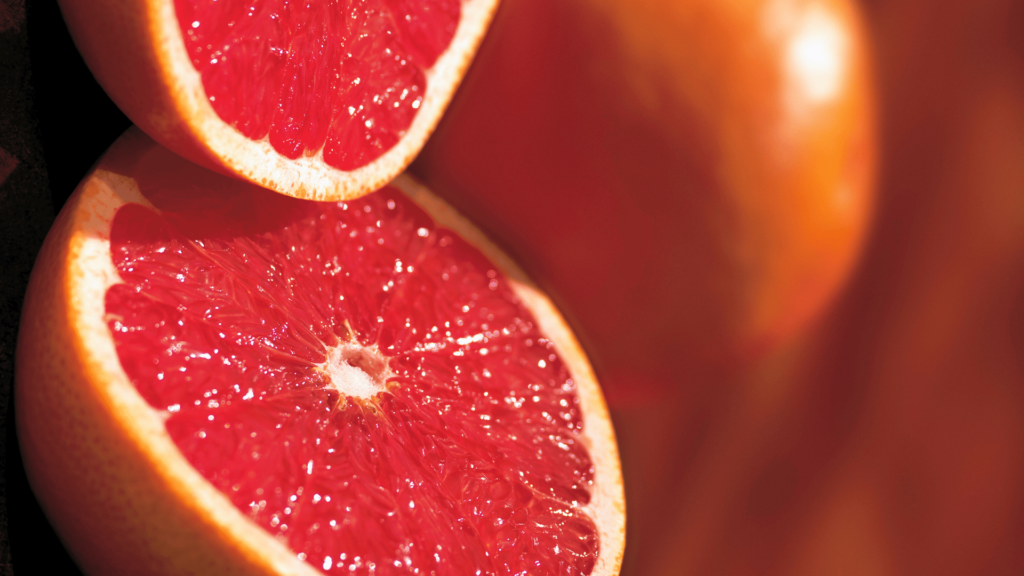
Grapefruit, the tangy, citrus powerhouse, is a top-tier choice for those managing diabetes.
With a low glycemic index (GI) of 25 and a glycemic load (GL) of 3 per 120g serving, grapefruit releases sugar gradually and steadily, helping to keep blood sugar levels stable.
It’s an excellent source of vitamin C, which supports immune function and fights inflammation. Grapefruit also contains naringenin. A Metabolism Journal study highlighted that naringenin, a flavonoid in grapefruit, has the potential to improve insulin sensitivity and reduce diabetes-related inflammation.
But a quick heads-up: Grapefruit can interact with certain medications, including some diabetes, blood pressure, and cholesterol drugs. If you take medication, check with your doctor before adding grapefruit to your diet.
Enjoy these fruits, and let nature’s bounty support your diabetes-friendly lifestyle!
Conclusion
Managing diabetes doesn’t mean you have to swear off sweet, juicy, and delicious fruits forever. Quite the opposite! Nature has gifted us with an array of diabetes-friendly options that not only satisfy cravings but also provide a powerhouse of nutrients, fiber, and antioxidants to support overall health.
From the fiber-rich apples that keep hunger in check to the antioxidant-packed cherries that boost insulin sensitivity, each fruit on this list brings something special to the table. And the best part? They don’t just help regulate blood sugar levels, they also promote heart health, improve digestion, and even contribute to glowing skin (talk about a bonus!).
Of course, as with all things in life, balance is key. Even the healthiest fruits can impact blood sugar if eaten in excess. So, the trick is to portion wisely, pair them with protein or healthy fats when possible, and always opt for whole, fresh varieties over processed versions with added sugars.
At the end of the day, diabetes management isn’t about deprivation, it’s about making smart, delicious choices that support your well-being. So go ahead, enjoy nature’s candy in moderation, and take comfort in knowing that managing diabetes can still be a flavorful journey.




